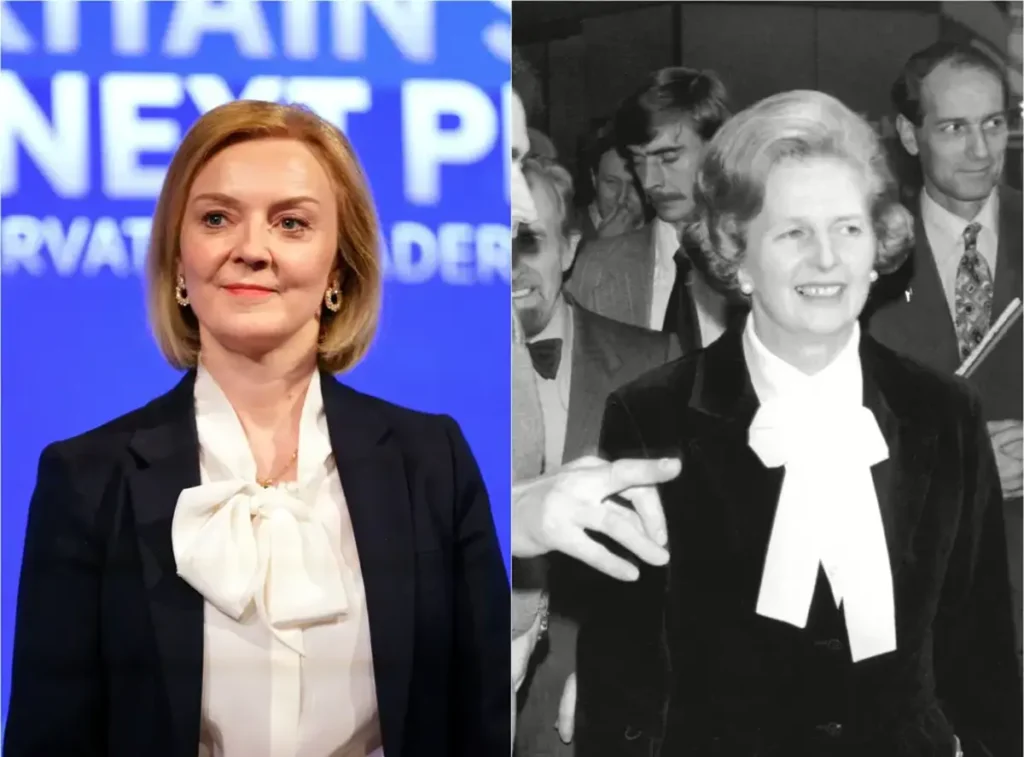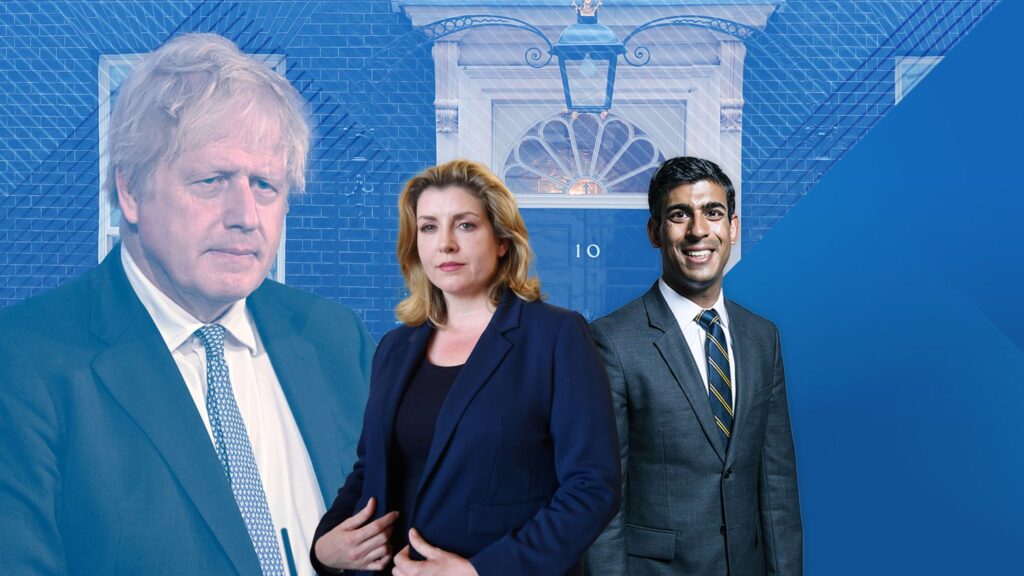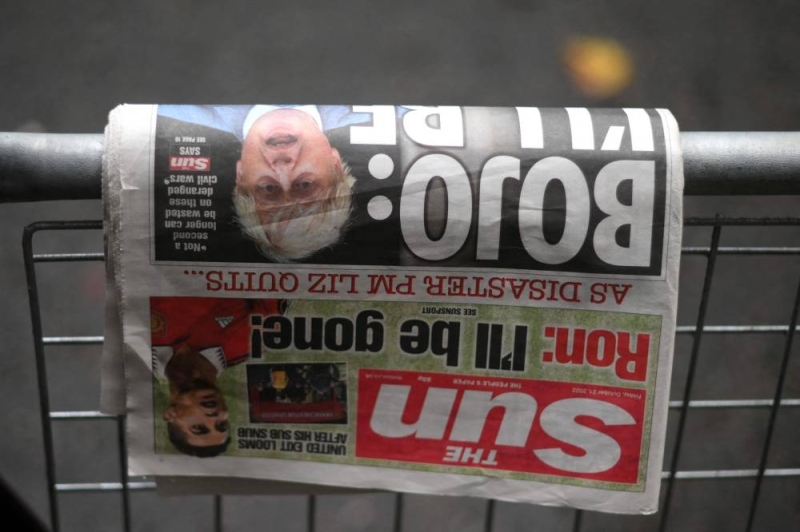The job of UK prime minister is vacant again. The job comes with a house in central London, a country estate in Buckinghamshire and a chauffeur-driven car. Applications should be sent to Conservative party HQ, London.
Liz Truss’ reign as UK prime minister is over. She will stay on until the end of October, by when the Conservative party will have chosen yet another new leader. Truss’s ambition of being a new Margaret Thatcher, the Conservative party’s iconic prime minister of the 1980s, ended in tatters. Thatcher was prime minister for 11 years, Truss lasted less than seven weeks.

Truss sought to implement the Brexit dream. However, when, on 30 September, her government announced plans for huge tax cuts (mostly for the rich and businesses) the UK financial markets went into meltdown after calculating that the UK government would have to borrow £100bn (around 5% of UK GDP). Interest rates rose, the value of sterling fell against the Euro and the dollar, and the Bank of England had to intervene to stop pension funds from going bust. Trying to keep her job, Truss reversed her policies. She sacked her finance minister, Kwasi Kwarteng, a close friend who had tried to accomplish her vision. It was not enough. Truss lost the confidence of Conservative Members of Parliament (MPs). It was game over.
How to choose a leader… again
The scramble to replace Truss has begun. Last time the leadership contest took two months, this time it will take less than two weeks, and will be decided by 28 October. Under the rules, Conservative MPs choose the final two candidates. Conservative party members then vote to choose one of the two. Many MPs do not like this system. Truss was unpopular with MPs but won because party members liked her. To speed up the contest, restrict the number of candidates and, if possible, avoid a vote of party members, the rules have been tweaked. Candidates now require the support of at least 100 MPs to enter the contest. As there are currently 357 Conservative MPs, finding 100 supporters will not be easy. It is possible that only one candidate reaches the threshold and win outright. If there are two, the one who finishes second will face pressure to withdraw from the contest because Conservative MPs want to avoid a party members’ vote. If one is necessary, it will be held quickly online.
Who is in the race?
Possible candidates to replace Truss include Rishi Sunak, Penny Mordant, Suella Braverman, Kemi Badendoch and Boris Johnson.
Sunak was the most popular candidate among MPs in the last leadership contest, but party members preferred Truss. During the contest Sunak criticised Truss’ ideas as ‘fantasy economics’. He has been proved correct, strengthening his credentials. But Sunak is unpopular with some MPs and party members who see his resignation as Chancellor of the Exchequer as the betrayal that led to Boris Johnson’s downfall as prime minister.

Penny Mordant, like Sunak, is from the centre-right of the party. She finished third in the last leadership contest, losing when votes of right-wing Conservative MPs went to Liz Truss. Mordant served in Truss’ government but was not responsible for the decisions that crashed the economy. The same applies to Suella Braverman and Kemi Badendoch, butthey represent the hard right of the Conservative party and only one of either of them has a chance of getting more than 100 votes from MPs. Braverman is the more senior, but Badendoch received more MP votes in the last leadership contest.
That leaves Boris. When he resigned as prime minister last July, Johnson indicated that, like the Terminator, he would be back. Boris could legitimately claim that he is the only candidate with a mandate as, unlike the others, he was elected as prime minister. Johnson remains popular among party members, but Conservative MPs got rid of him because he was an electoral liability. Most do not want him back, at least not yet, but he does not need most, just more than 100.

Nominations for the contest end on Monday 24 October. The Conservative party’s hard right needs to decide if the best way to stop Sunak is by supporting Mordant, either Braverman or Badendoch, or Boris Johnson. The more MP votes are divided, the more difficult it will be for anyone other than Sunak to obtain the support of 100 MPs and so become leader with no need for party members to vote.
Whoever wins must lead the Conservative party into the next election, which is scheduled for 2024 but may be much sooner. The party is famous for ruthlessly changing leaders to win elections. Braverman and Badendock are unlikely to appeal to the UK electorate. Mordant, is in the best position to unite the party and could do well in a general election, but she is many MPs second choice and may not get 100 MPs to support her, especially if another candidate is supported by the hard right. Johnson brings back all the old problems and is unlikely to win a general election.
Sunak is probably the best choice to restore some confidence in the Conservative party. If there is a vote of party members, Sunak would probably beat either Braverman or Badendock, but could lose to Mordant. However, if Johnson receives enough support from MPs to take the vote to party members, he will be back.


